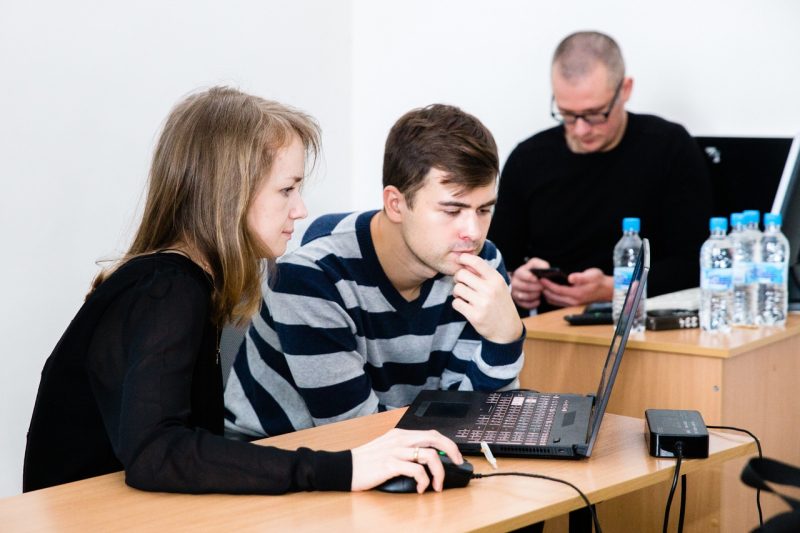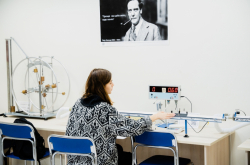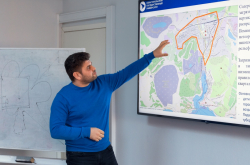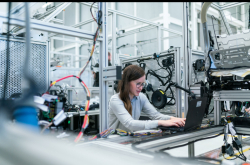It’s hardly a secret that nowadays, virtual simulators are actively used in the training of locomotive engineers, ship captains, pilots, and racers. Such devices allow them to quickly and cheaply practice a skill so that it becomes automatic even before a person finds themselves behind the controls of an actual vehicle. Similar work is currently also being done in the field of oil production – companies commission virtual duplicates of their facilities so that an operator could learn the equipment’s location and the right work algorithms before they get to an oil rig in one of the northern seas. Making a mistake onsite could cost people’s lives and health – as well as lead to substantial financial losses and grave environmental consequences.

Gazprom Neft is one of the companies taking on this approach, actively using such simulators to train its operators, technicians, engineers, and other specialists working in oil production. The training event allowed ITMO University students to explore some of the company’s virtual training platforms.
“We’re showing students simulators for several types of oil production: underground, underwater and offshore,” says Roman Smirnov, lead software engineer at Computer Simulation Laboratory, which creates simulators for Gazprom Neft and others. “We have a well-developed mathematical core with which we can build models of different branched hydraulic networks, oil reservoirs, and technological equipment. Our simulator is a complex system with different interfaces: there is three-dimensional visualization, a two-dimensional technological chart with animation of the movement of flows, and a SCADA interface. In one version of the simulator, the visualization of an entire oil rig is implemented in virtual reality.”
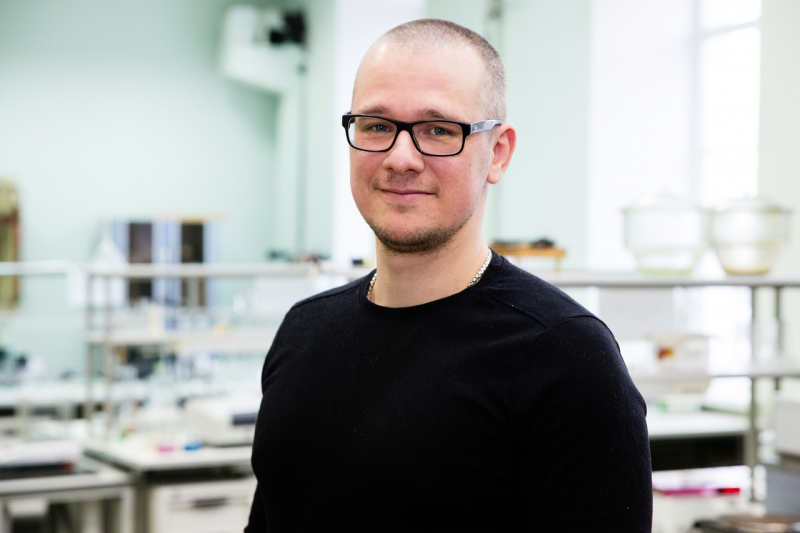
Digital platform
The simulator can be used using both a computer and a VR headset. By putting the latter on, a trainee is transported to an actual facility – an oil rig, a cluster of wells, or a ship through which the fluid (a mixture of oil, gas and water) is pumped from a deepwater deposit. The animation is designed to resemble the facilities as much as possible – for example, one of the simulators shown to students was copied from a real-life facility located in the Khanty-Mansi Autonomous Okrug.
“During the training, you have opportunities to solve different tasks: set a well to operating mode, inspect the well cluster, measure the wells’ flow rate (that is, determine how quickly the oil is pumped), work with separation tanks, and carry out initial preparation up to the time the oil is pumped into the main pipeline, and keep records,” continues Roman Smirnov. “The VR headset allows you to go around all the facilities and examine any object from all sides. The instructors have the opportunity to introduce malfunctions, create complicated operating conditions, disable valves and pumps, as well as add leaks so that the operator would react to them quickly, adequately and in accordance with the regulations.”
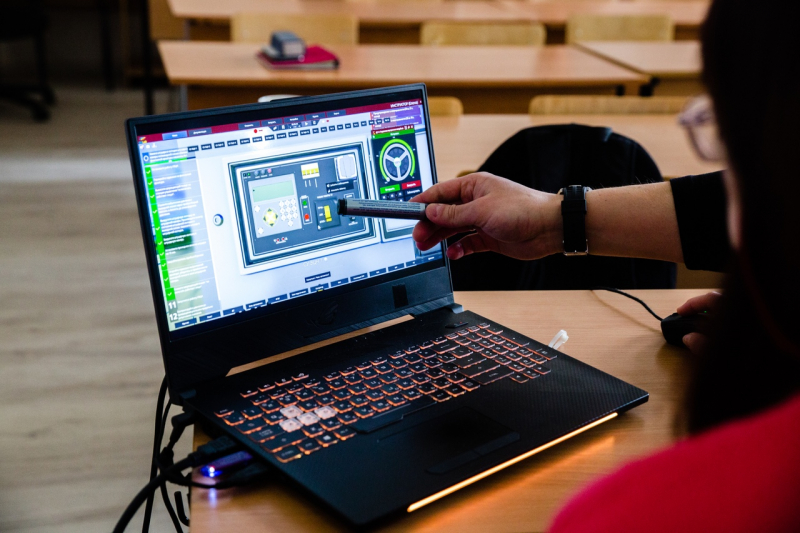
What’s more, the simulator is equipped with a built-in evaluation system that allows the instructor to monitor task progress and create their own tasks to practice specific skills. The entire training course can be completed in several dozen hours. ITMO University students had the chance to try to complete some operations and see whether this was something they’d be interested in.
“The training pertains to my specialization: I focus on environmental aspects and ‘green’ technologies in oil production,” shares Igor Sviridov, a third-year ITMO University student. “For this reason, it was very interesting to me to learn about the things that I’ll encounter in my future profession. I already knew many of these, but seeing the company’s virtual model itself was fascinating; I’d never seen a deposit reproduced in such detail before. This allows you to understand the process better.”
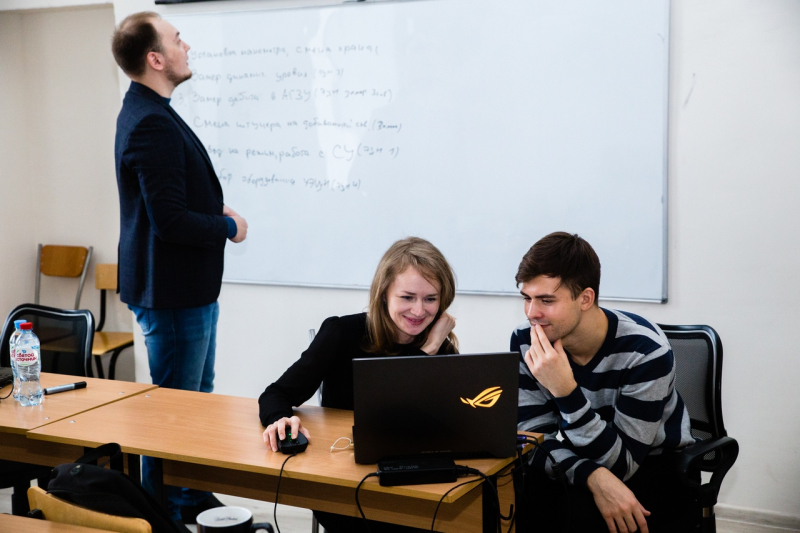
Prospects for collaboration
This training event is only a part of a larger program of the collaboration between ITMO University and Gazprom Neft’s Science and Technology Center.
“We strive towards active interaction with universities; we identify the aspects that aren’t covered in the study curricula and try to create a comprehensive range of events for the development of such competencies at universities. This is done to remove the need for additional workplace training of graduates later on,” comments Sergey Shadymuhamedov, who heads these activities at the Oil and Gas Production Department of the Gazprom Neft Corporate Center. “To that end, we don’t only showcase new training methods – this is only part of our events program; we have connected the university to our knowledge portal which contains 32 targeted training courses for extracurricular activities.”
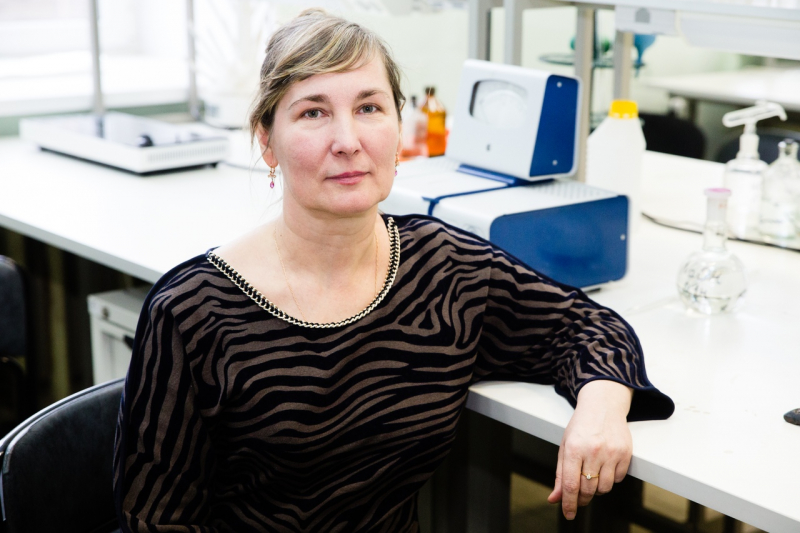
Demonstrating the simulators allows the staff of Gazprom Neft to simultaneously showcase the abilities of cutting-edge IT and train students set to work in the fuel and energy industry.
“Today’s event, and our ongoing interaction at large, is conducted within the framework of the Research and Education Center created together with Gazprom Neft’s Science and Technology Center. In the last two years, more than ten of our students have joined Gazprom Neft’s Science and Technology Center,” shares Maya Uspenskaya, DSc and head of ITMO’s International Scientific and Research Institute of Bioengineering.
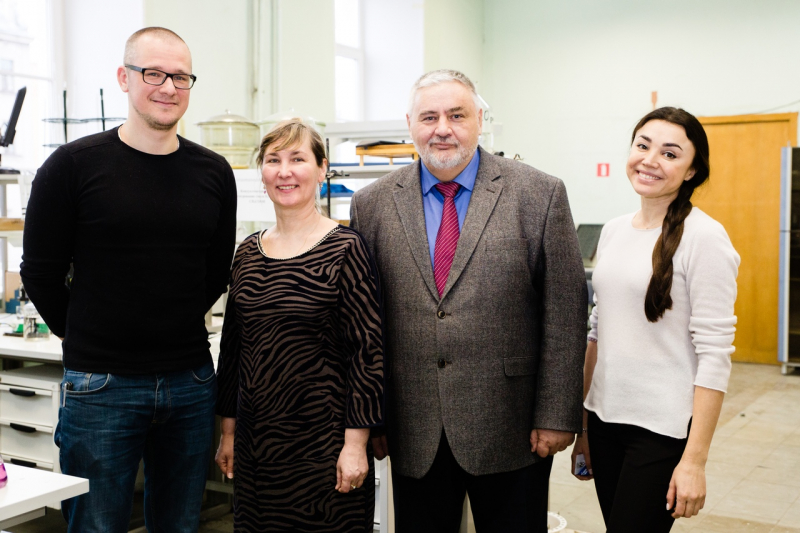
Currently, ITMO and Gazprom Neft are discussing the possibility of creating a join specialization as part of the Master’s program Bioeconomics and Resource Management.
“It’s very important for us to have access to highly qualified specialists fully ready to work at a modern company,” says Anisa Kunakova, head of Oilfield Chemistry Department at Gazprom Neft’s Science and Technology Center. “This platform would allow us to identify talented students and immerse them into our production tasks as early as during their studies. This practice already works at other universities where, by the time of their graduation, the students are already fully engaged in our operations and can easily adapt and find employment. Going forward, we plan a range of steps for our mutual development.”
